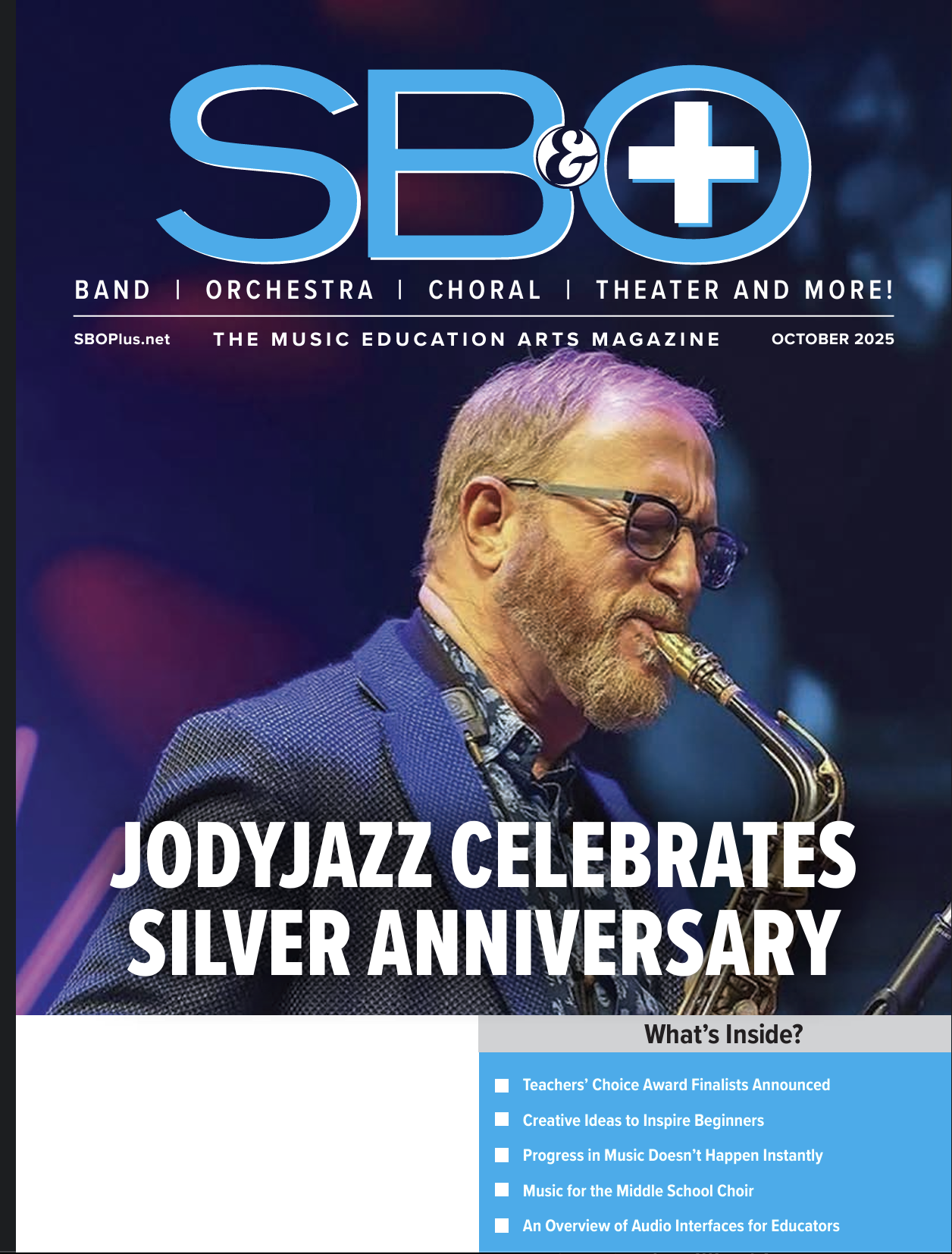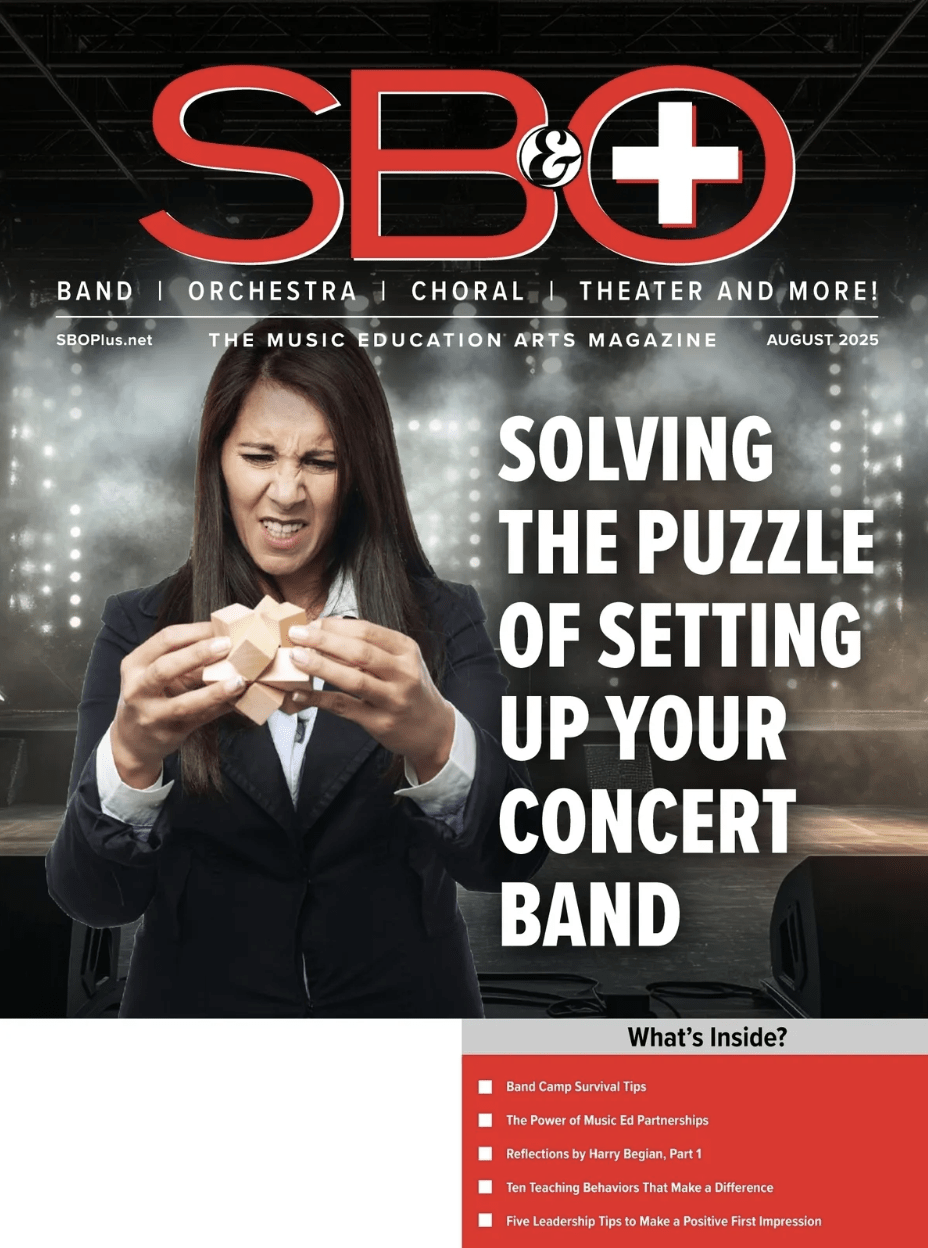 If you have spent much time in the company of career orchestral string players, you will undoubtedly encounter or witness the venting of “bowing” frustrations/issues.
If you have spent much time in the company of career orchestral string players, you will undoubtedly encounter or witness the venting of “bowing” frustrations/issues.
Every orchestra must determine how it will manage the string sections’ parts and the bowings within them. Ideally before the rehearsals begin. String players cannot effectively work and rehearse if the section members do not have adequate parts which have “been bowed.” The few inevitable bowing changes will be dealt with as is seen fit by those who bear that particular responsibility. If a section does not have adequately prepared (matching) parts, at the very least it will require that one person per stand must mark bowings while watching them executed, thus depriving the benefits of rehearsal to half of the section.
Unfortunately, in addition to the frustration of inept part preparation or management, the conductor will sometimes unfairly blame the musicians involved. I have witnessed situations in which the conductor was not aware of, nor involved with sheet music distribution or communications between principals, et cetera.
With a violin section in disarray, tension and emotions can run high when a conductor calls out individuals or a section for not bowing correctly. Regardless of the legitimacy of such behavior, in no circumstances should the musician respond in anger or try to shuck responsibility or blame. Talking back to a conductor or correcting the “Maestro” is a bad idea; serious professional consequences often fall on those who do so.
That said, there are many cases in which incompetence IS a fair assessment; the musician is either unaware or unable to quickly correct. It doesn’t take very long to develop a bad reputation as a player whose bow cannot be trusted. Whether the cause is a lack of attention to detail, a lack of experience, a lack of skill, a lack of discipline, or a lack of care, it projects incompetence which can define your position and usefulness in an orchestra. Those who sit behind you rely upon you to be accurate (especially the stand directly behind you). It is not always practical to watch the section leader the further back in the section one sits.
Marking Your Part Before Rehearsal
Many orchestras have adopted the practice of scanning the principal’s bowed part and posting it online (using a “Musicians Only” password protected limb of the Symphony’s homepage, a group Dropbox account, or directly sending an email attachment with your specific parts) for the purpose of bowing one’s music in advance. If not done well, this can end up being tedious and time-consuming work (for which musicians, in my experience, are not compensated for in any way). The majority of the bowing practices I will include here are included are differences in marking styles that are currently represented in the professional orchestras.
Here is a tip for section leaders to reduce the amount of time needed to copy bowing changes. If you use an asterisk in margins of only the staves containing change, the musician merely has to look for the indicated sections and need not scrutinize entire works measure by measure. It is important to note that for this to work, the librarian must be sure all previous markings have been erased from the originals before handing them out (or that everyone’s photocopy is from the same master part).
Emphasis on bowing your part clearly and consistently is practical. Most will agree that in terms of importance, legibility of your music is paramount. Too much information on the page over-saturates the brain resulting in mistakes. The brain begins to disregard markings altogether. At the very least, unclear or unnecessary markings are distracting.
Optimally, there will be plenty of room for fingerings and rehearsal notes. Strive to keep the part as simple as possible so that what is marked will register and be executed consistently and correctly in performance.
Getting to Know An Orchestra – Expectations and Dynamics
Each ensemble/orchestra that I have participated in employs unique problem-solving practices. It is crucial that the new musician be adequately observant. One must discover how the orchestra operates and then tailor behavior (without fuss) to become part of the existing system. what the musicians’ responsibility is for preparing that music, conducting oneself appropriate to the existing environment (and temperament) during rehearsals. Do your best to judge the atmosphere during rehearsal to appropriately manage what arises within them. First and foremost, one must consider the director’s preferences.
Variables to be aware of when determining a tactful manner in which to address and solve bowing issues are: the established tradition(s), principle/section leaders’ wishes, following your colleagues’ example, and common sense.
Here are a few situations you will likely experience (and suggestions for their management). You have bowings in your part that radically contrast with those of the section or section leader, requiring extensive correction and must make attempt to mark changes when not playing. Do the best you can by quick adjustments during rehearsal to avoid unwanted attention. Borrow a part during the breaks and fix your part outside of the rehearsal. Decide whether it should or should not be mentioned to the personnel director.
You have been issued an unmarked part when your bowings should be indicated. Section leaders were unable to predetermine bowings and are figuring it out during play. Ignore them and play what is in your music until your section leader gives final decided bowings to the entire section.
The conductor is speaking of independent matters and will not tolerate any discussion regarding bowings while doing so. Be subtle if something must be marked; pay attention to what is going on at all times, even if bowings must wait. If absolutely necessary, communicate non-verbally. There are significant changes made during rehearsal per the wishes of the conductor and the orchestra in general makes suitable or requested changes.
In this case, be diligent and accurate. Immediately mark your part along with the rest of the section(s). Mistakes in that particular section will not be tolerated in later rehearsal or concert. When multiple editions of a piece are being used within an orchestra/ within a section: In this case, always have your measures marked by number. If possible, check with the other musicians for the location of rehearsal letters for inclusion.
Musical Examples
Accepted Bowing Symbols and Indications
The Slur Mark
The slur mark is used to indicate that two or more notes are to be played within a single bow stroke (without changing direction). There are many permutations of the slur and how it is used when combined with other markings. Additionally, there are several different uses of the same symbol in which the intent is not related to bowings. (see: phrases).
The “Hooked” Bow The term “hooked bow” applies to notes in which the direction of the bow is does not change, but (as opposed to a slur) the notes within the slur are re-articulated. The proper way to mark hooked bowing uses both a slur and an articulation under the second note (because it is “re-articulated”). If either of those components are missing, it becomes ambiguous at best. If the direction of the bow does not change in between notes, use the expression appropriate (a slur!) and not another bow direction.
Other Re-Articulated Notes Under the Slur
Staggered Bowing
The practice of “staggering” your bow is indicated via a parenthesis around the bow direction which is inserted in an approximate center of the duration of the tone. Typically this bowing is used when an uninterrupted and steady sustained sound is desired for a length that is unmanageable or uncomfortable to produce in a single bow. The goal is to mask the bow changes by no two players changing simultaneously. String players appreciate this tactic to avoid the resulting discomfort that accompanies extremely slow bow speed.
Staggered bowing requires perceptive awareness of intention (of the musicians sitting ahead of you and within your field of vision-based on visible body language.
The Comma
A comma indicates a pause in the bow stroke similar to a comma used in speech.
Terminology
Common Bow Strokes Used in Orchestral Playing
These are terms that are used by the musical community in general, but in an orchestra, it is imperative that string players be both familiar with how they are meant to sound as well as how to execute them. If you would like a resource for assistance with these and other bowing terms, I suggest (insert resource here).
• The Brush Stroke
• Legato
• Sul Tasto
• Flautando
• Accented (this includes a great many different ways of using the bow; in general it can mean that the front of the note needs to be emphasized in a clean, if not sharp sound)
• Pulse (or “pulsing”)
• Detache
• Marcato
• Ricochet
• Tremelo
• Col Legno
• Ponticello
Jennifer began studying violin at age three with her father in Alberta, Canada. After receiving a B.M. in violin performance and a M.A. from Middle Tennessee State University, she returned to university to properly study the viola. Currently, she performs with the Jackson Symphony Orchestra, the Murfreesboro Symphony, the Nashville Philharmonic Orchestra, the Parthenon Chamber Orchestra, Wire Cabal, and with her quartet the Tulsianni Ensemble.



















